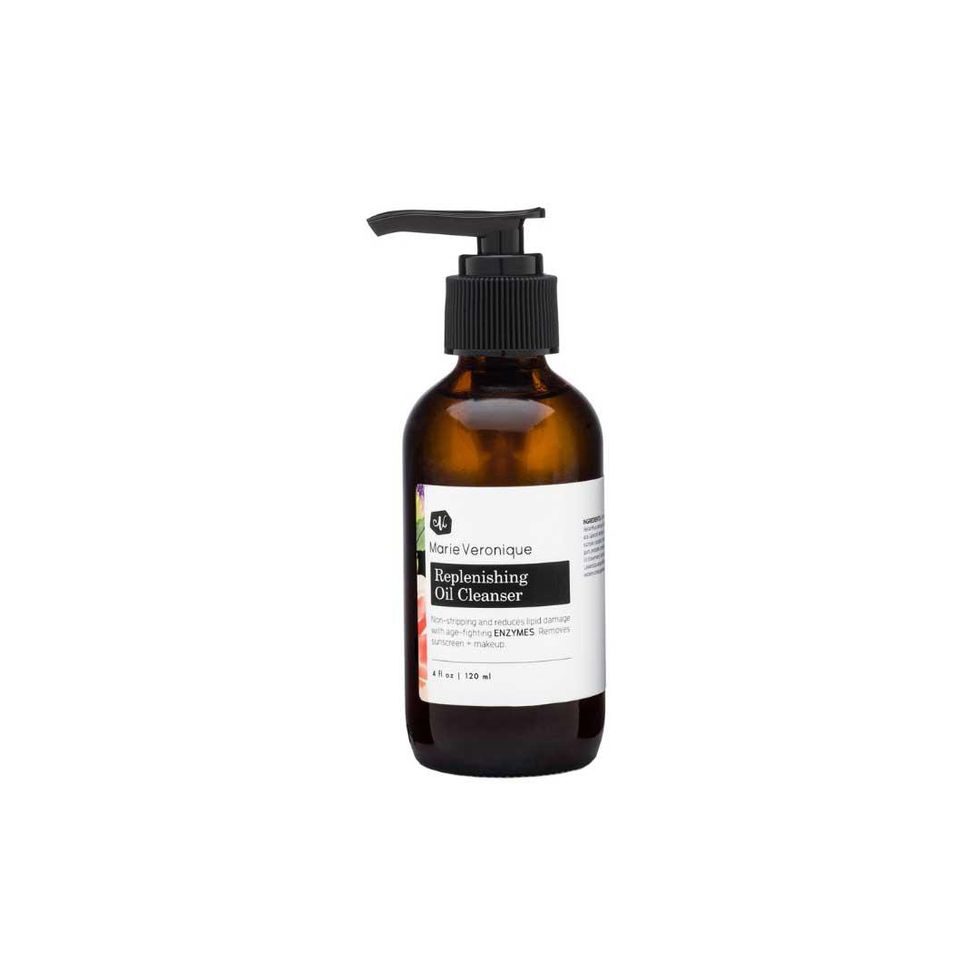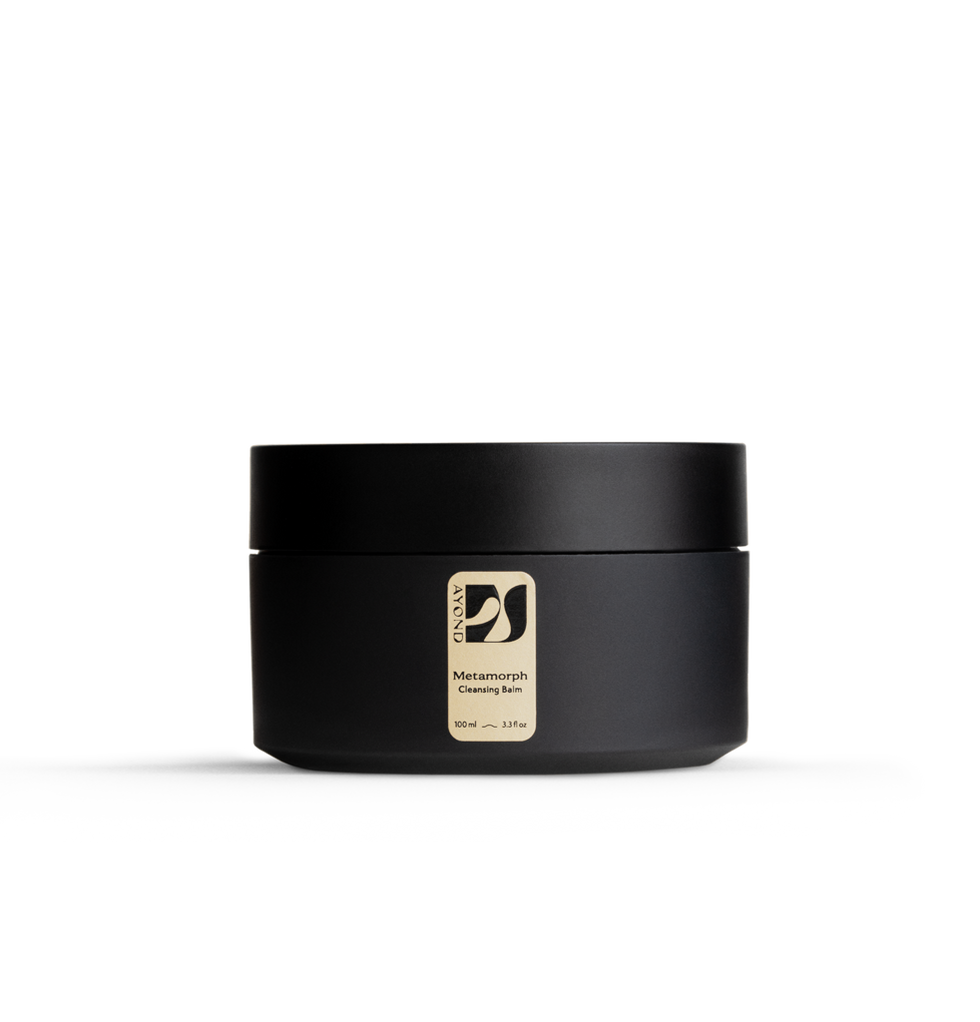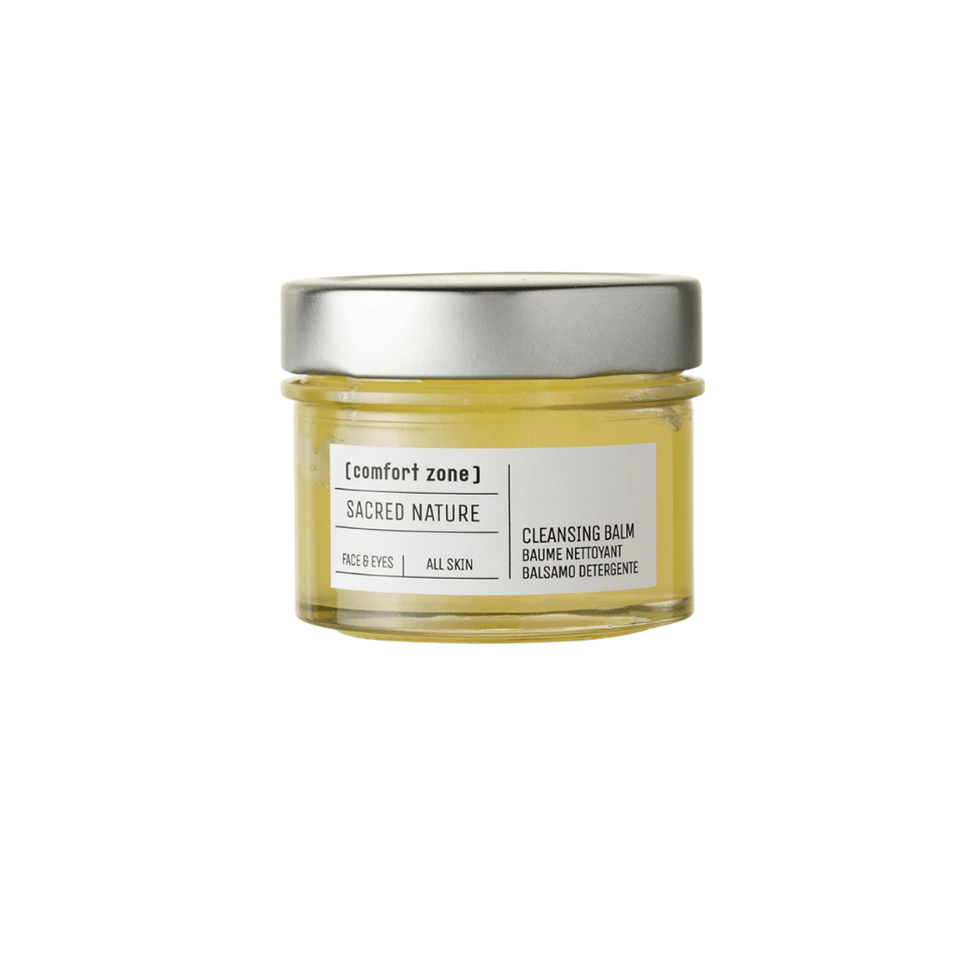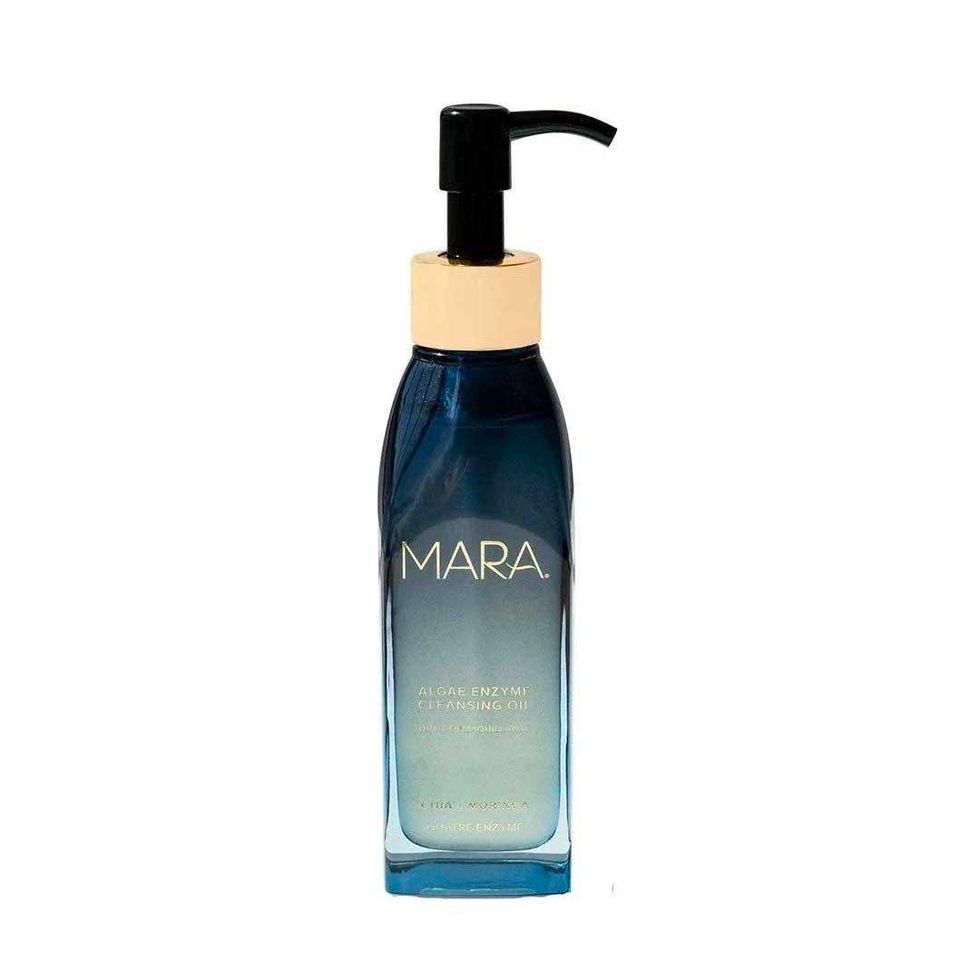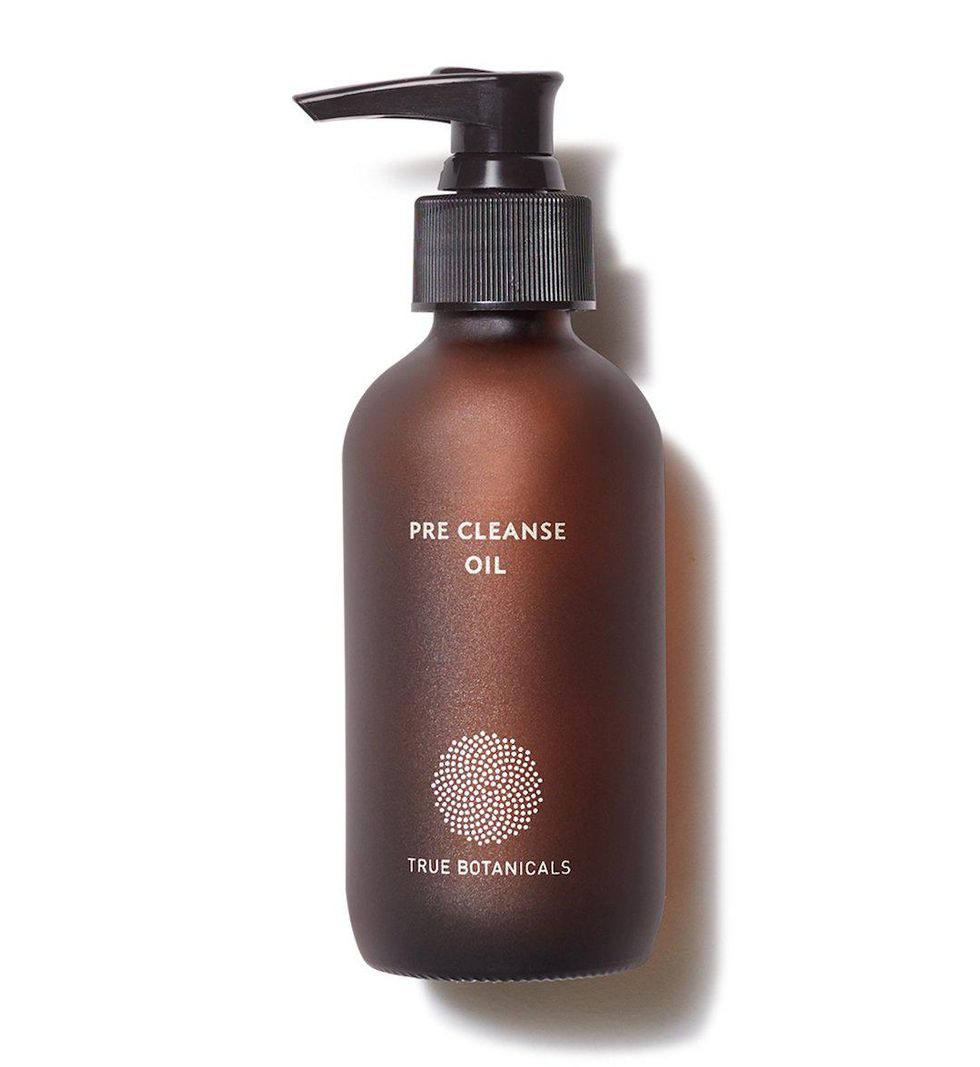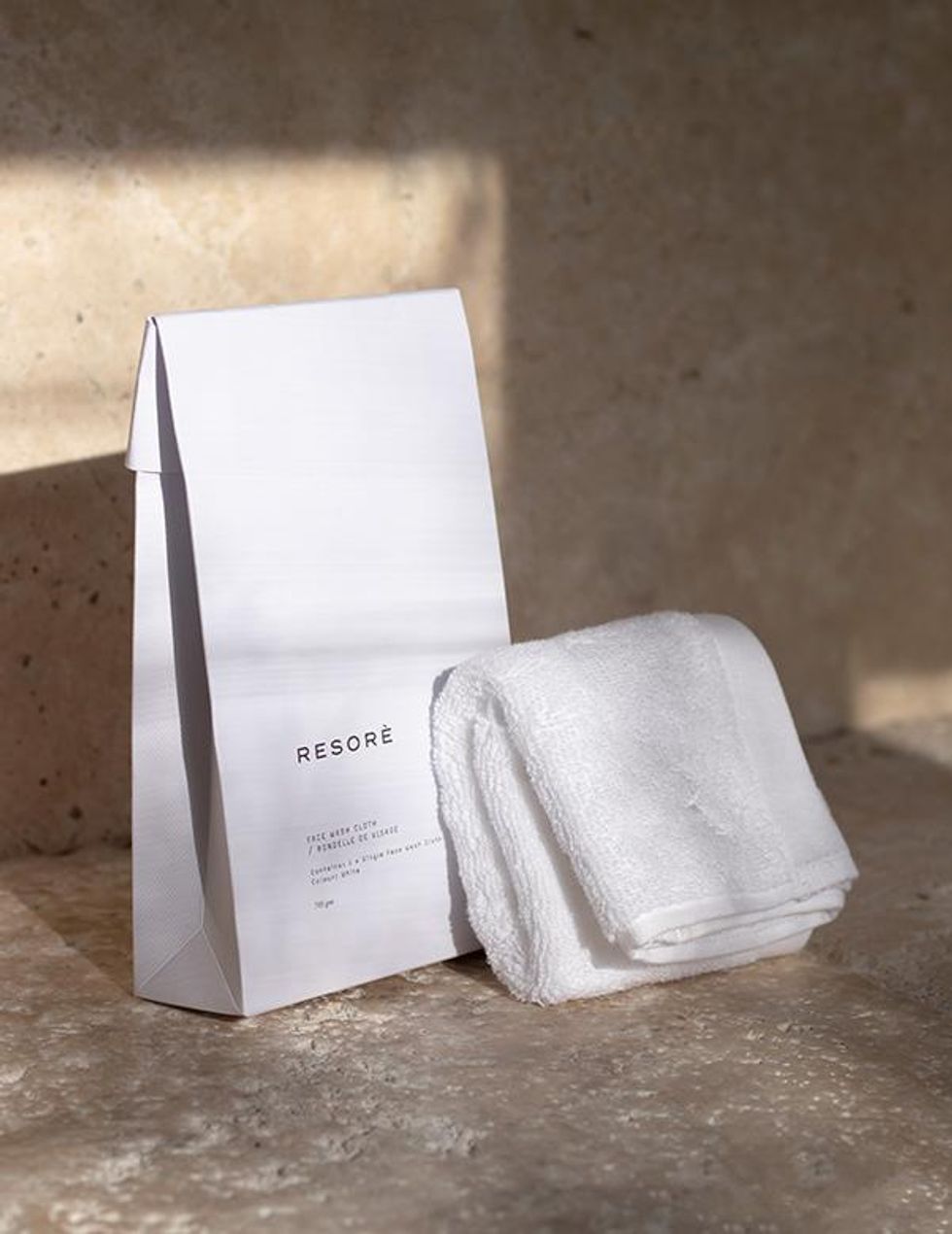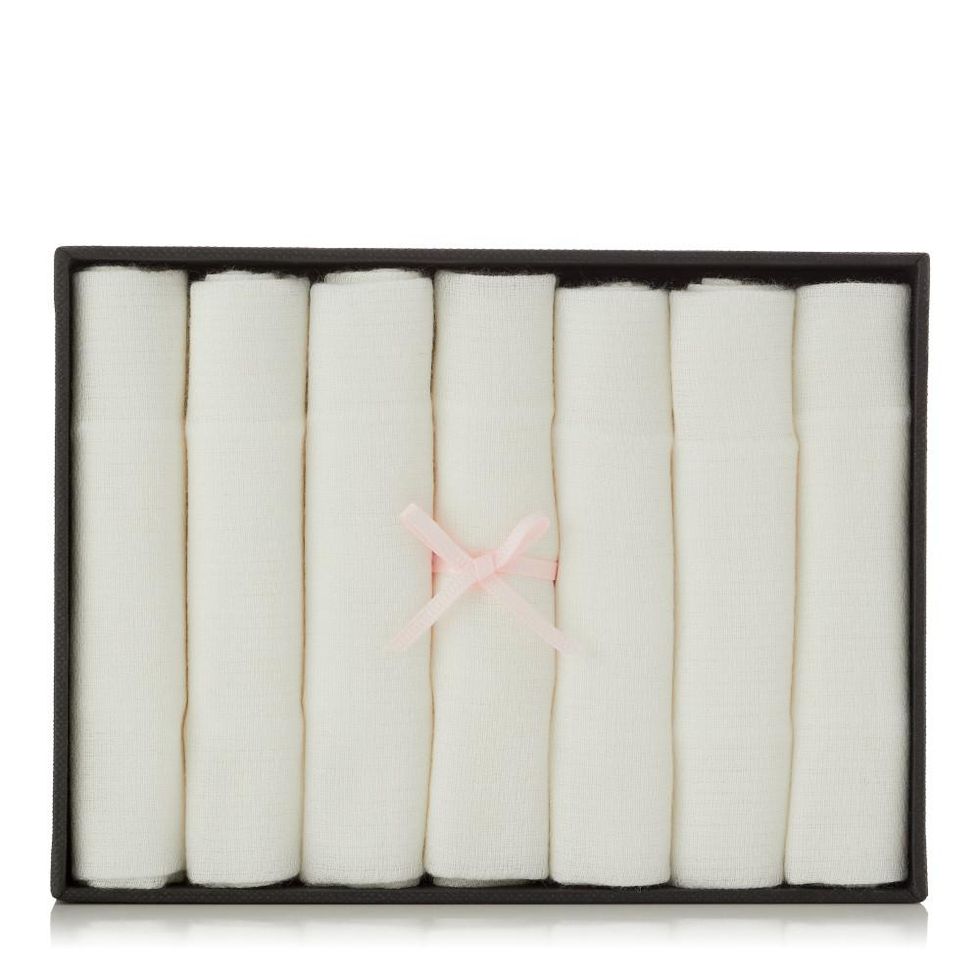Does Your Skin-Care Routine Need an Oil Cleanser?
It might be the answer to blackhead woes.
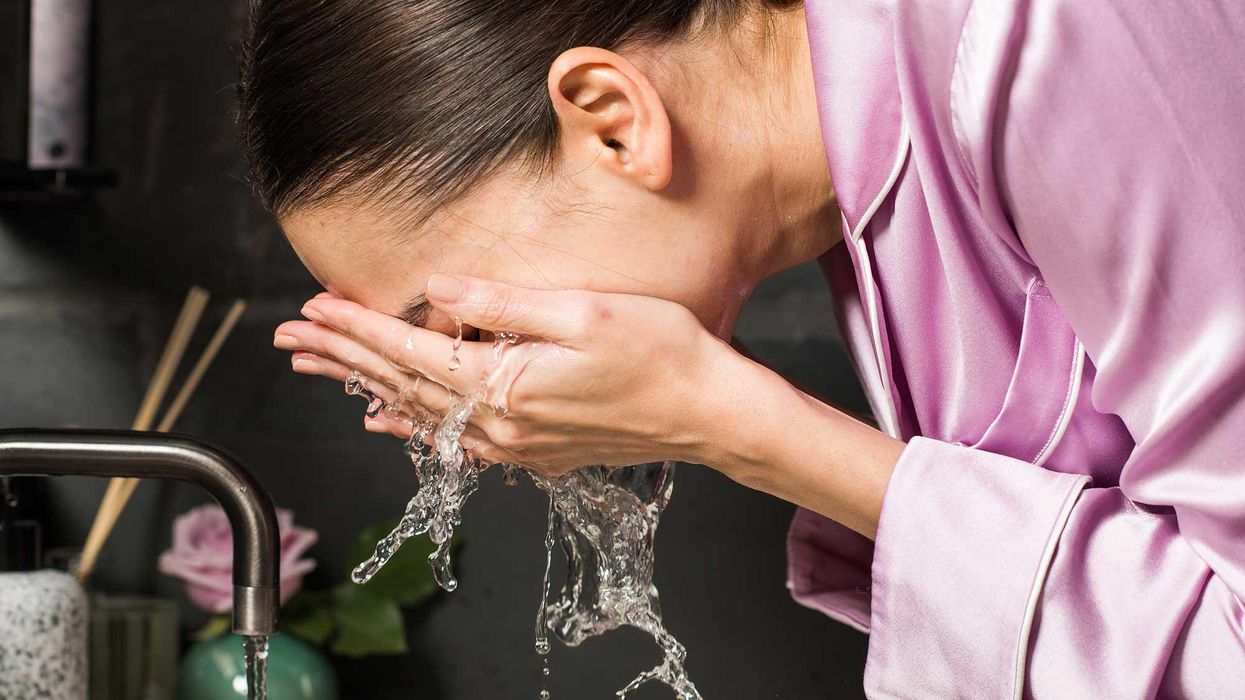
When we think of skin free from blackheads, dead skin cells, and the day's grime, we often envision post-cleanser skin that feels a bit taught and ready for the rest of our skin-care routine. Many people flock to foaming cleansers for a deep-clean feeling, however there are ways to achieve that deeper clean we all crave without a single ounce of frothy foam. Enter oil cleansers.
Although oil cleansers are a relatively *new* cleanser type in our Western post-beauty marketing world, there is a rich history in this type of cleansing that goes centuries back. In ancient Greece, it was common for athletes in Olympia to oil-cleanse their skin after a long workout. They would pour oil onto their skin and then use a handy tool called a strigil to scrape away the excess oil and grime from their training. In Korea and Japan, women would often use oils to dissolve any thick makeup on their skin before going in with a gentle cleanser to clean the pores deeply.
As holistic aesthetician at Take Care in NYC Amity Murray explains, "Oil cleansing deeply cleans the skin, removes makeup, sunscreen, and pollution without over-stripping the skin. It is super gentle and effective." Kristina Holey, holistic facialist and co-collaborator of Marie Veronique, adds, "If you were to use a water-based cleanser, [it] will impact the top lipid layer of the skin. Oil cleansers don't strip away the barrier of the skin like you would with gel-based or exfoliating cleansers." If you think back to Chemistry 101, oil cleansing uses the basic concept of like attracts like. When you massage an oil cleanser onto your skin, it attracts all the grime, oil, and excess sebum on your skin, effectively stripping away the unwanted, pore-clogging aspects of your skin. Additionally, since it is an oil, it will replenish your skin's lipid barrier, which will create a healthy microbiome for your skin to remain clear, supple, and even blackhead-free.
So does this mean that anyone can use any oil to cleanse their skin? As with anything in the world of skin care, there are specific cleansers you should look out for that will agree with your skin type. If you have dry skin, opt for a cleanser that is rich in oleic acids. Holey states, "Oleic acid is beneficial for dry skin as it is a heavier/thicker oil which can be more replenishing for those with barrier dysfunction." If you have oily or acne-prone skin, Holey recommends oils high in linoleic acid and omega-6: "Oil cleansers high in omega-6 are great for congestion-prone skin, as they can actually thin the sebum and help clear out stagnant oil in the pores. Over time, they will bond and help release deep congestion [in acne-prone skin]." Murray explains that sunflower, safflower, and grapeseed oil are a few popular oils that are high in linoleic acid. Wilding Beauty founder Britta Plug tells Coveteur, "For people who really want that deeper clean or have an oilier skin type with more of the blackheads and comedones that they want to work on, I love castor oil as an ingredient to help do that deep cleansing. It can be drying for some skin types that are already dry."
Now that we've piqued your interest in oil cleansing, there are some essential things to know before taking a lackadaisical approach to slathering your skin in precious oils. Firstly, you will want to start with dry hands and a dry face. Says Murray, "Starting with dry hands and a dry face is super important. You want the oil to absorb and penetrate into the skin, [and] oil cleansing uses the holistic principle of like-attracts-like. So it's best to apply to dry skin." If you were to wet your hands or face, there would be a barrier of moisture that would hinder the process of melting away grime from your skin, rendering the technique ineffective.
Furthermore, you will surely want to spend time massaging your face with an oil cleanser. Says Holey, "You get a better result, and deeper cleanse, if you really work the oil into the skin." We regularly oil cleanse, and after a few minutes of facial massage, we can feel and see the dead skin and blackheads lifting from our faces and onto our hands. Plug affirms this statement: "You can actually start to feel some of those comedones coming out while you massage your face with an oil cleanser. It's wild. And then, of course, you're increasing the blood flow to the tissue and helping to release tension from the musculature. Also, any massage will create lymphatic stimulation to help remove waste products from the skin from the inside out. All of this is going to contribute to clearer, glowing skin." Consider this part of the oil-cleansing process as your way to cleanse your skin on the surface and underneath too, where the lymphatic system resides.
Aesthetician and founder of Shaffali Shaffali Miglani Taheri adds, "Due to the nature of oil's slip, I would recommend an effleurage massage technique, which is a classic facial massage technique involving long, sweeping, and sometimes circular motions. For the face, you want to do these upward and outward movements to balance against what gravity does to the skin. These long, sweeping, and sometimes circular movements of effleurage will also help you to connect with the many muscles in your face, and the more familiar you can become with those for using your skin-care products, the more benefits you add to your skin's health, including increased blood circulation (think a healthy, naturally bIushy glow) as well as toned skin."
Finally, removal of the oil cleanser is imperative for having clear, smooth skin. Plug reveals, "Sometimes clients will come back to me after oil cleansing and say, I just don't feel clean. My skin is breaking out more. I would ask about removal, and they typically answer, Oh, I'm just rinsing it… Oils will require a hot washcloth removal." Plug explains that one should take a hot washcloth and first press the oils into the skin. After that, start by massaging the cloth in circular motions until all the oil is gone. This will ensure that the cleanser and the grime and makeup it just removed are definitely off your skin. If you have sensitive skin, opt for a bamboo-based muslin washcloth. Otherwise, a non-abrasive face towel or reusable cotton pad should do the trick. Holey adds, "I also suggest using a tonic or toner post-cleanse with a cotton pad if you fear there might be any residue."
As with anything in the skin-care world, the best way to incorporate oil cleansing into your routine is using a low and slow method. Start by oil cleansing three to four nights a week to see how your skin reacts to the process. Some estheticians, like Holey, will recommend only oil cleansing for their clients. Miglani Taheri, on the other hand, recommends using oil cleansing as a way to remove makeup in conjunction with your regular cleanser. So, in all honesty, if oil cleansing a few times a week works for you, then that is great. And if oil cleansing every single night before bed works for you, then have at it. Just make sure to remove the oils properly, and you are good to go.
Shop the story:
Want more stories like this?
9 Gentle Cleansing Balms You Should Add to Your Routine
How to Pick the Right Cleanser for Your Skin Type
This Is Your Skin on 'Shrooms


